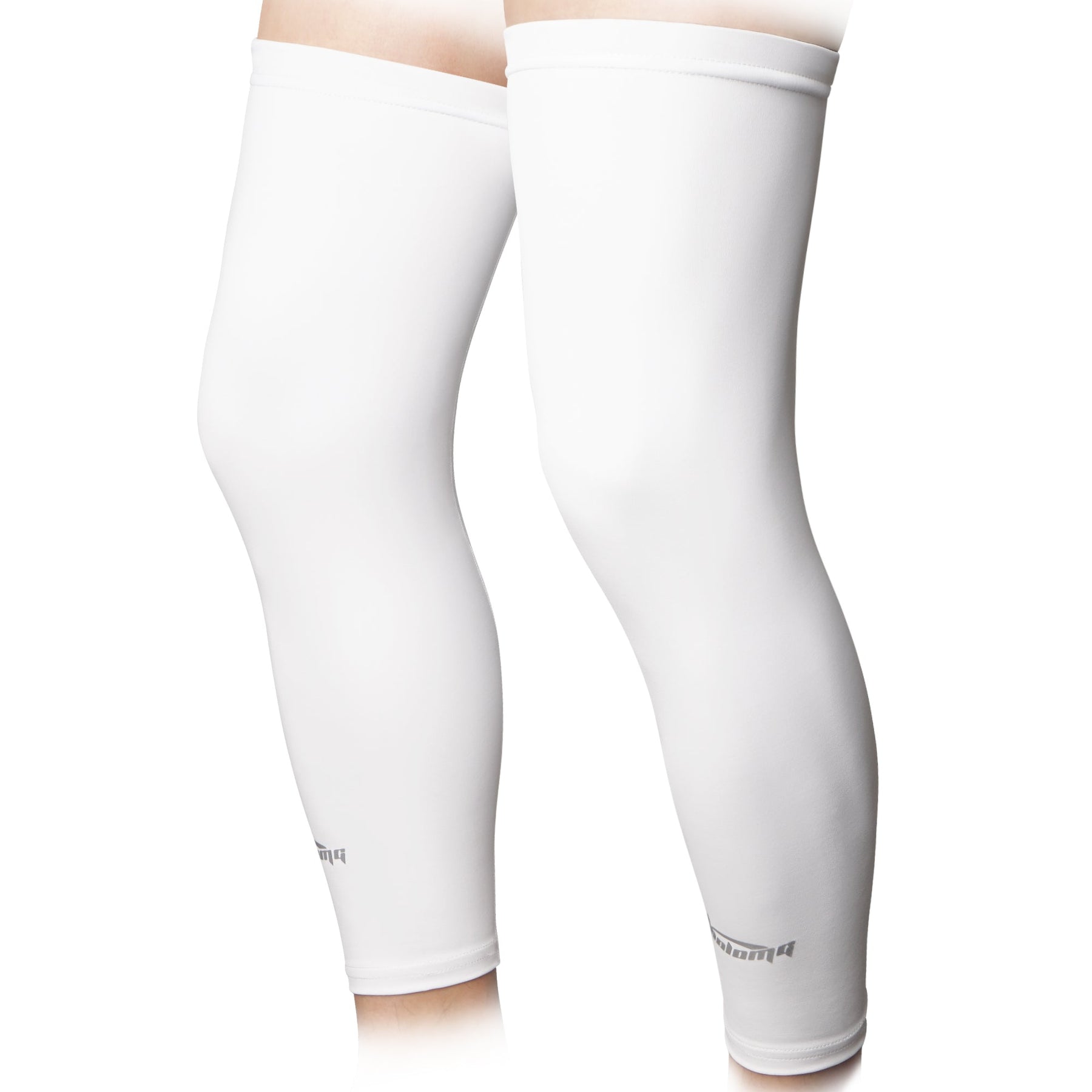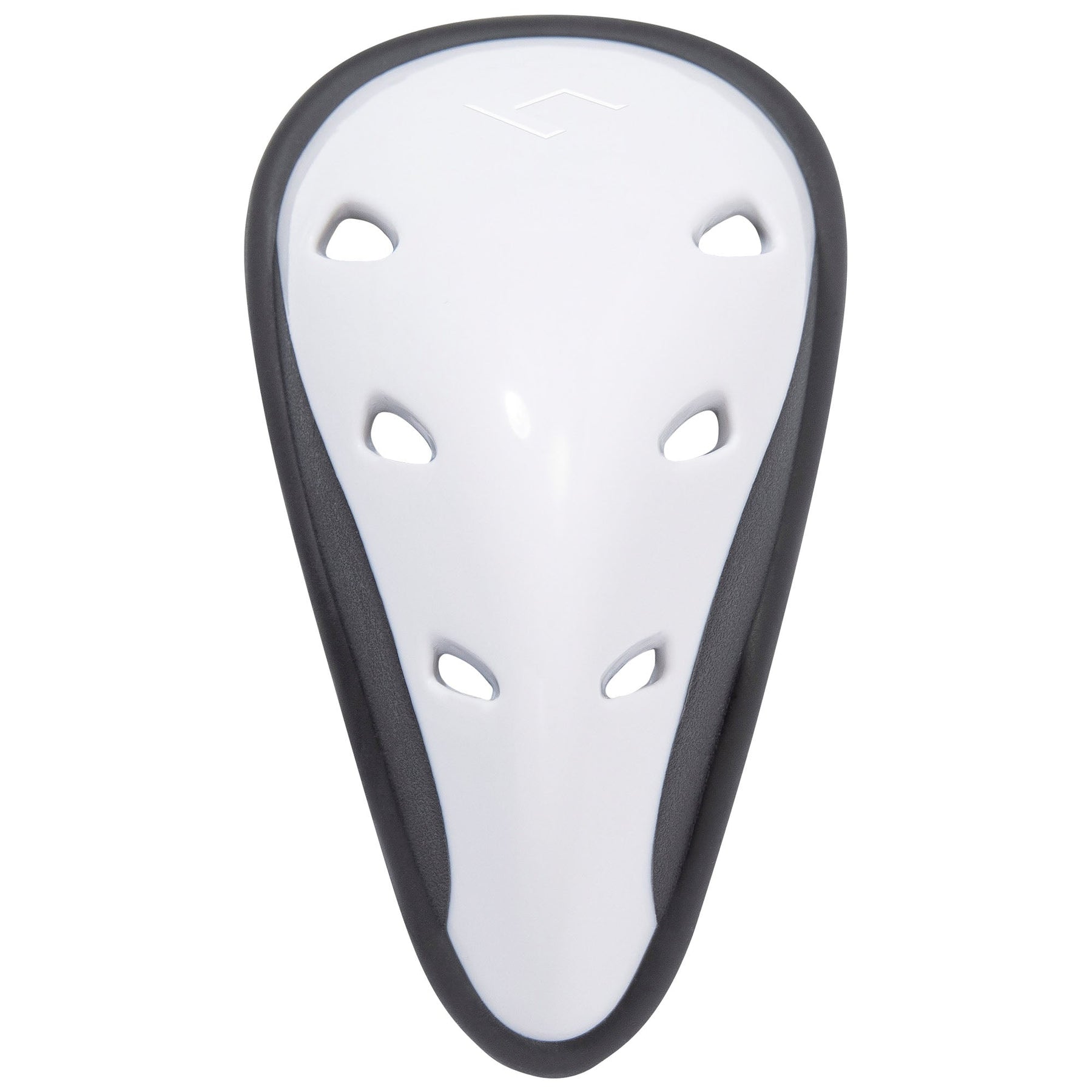Art Of Sliding - The Most Important Technique In Baseball
As a leading manufacturer of baseball protective gear, we at Coolomg understand the critical importance of sliding in America's favorite pastime. Sliding is not just a flashy move to excite the crowd - it's a fundamental skill that can make the difference between being safe or out, scoring the winning run, or ending an inning. However, sliding also comes with inherent risks that players at all levels need to be aware of. In this comprehensive guide, we'll explore the techniques, benefits, and safety considerations of sliding in baseball, as well as how proper protective gear can enhance both performance and player safety.

Sliding serves several crucial purposes in baseball:
- Avoiding tags: A well-executed slide can help a runner evade a fielder's tag, increasing the chances of being safe.
- Maintaining momentum: Sliding allows players to maintain their speed while approaching a base, enabling them to stop quickly without overrunning it.
- Reducing collision risks: Proper sliding technique can prevent dangerous collisions with fielders, especially at home plate.
- Strategic advantage: Knowing when and how to slide can give runners a competitive edge in close plays.
- Speed and efficiency: A good slide can actually be faster than running through the base in certain situations.
Several sliding techniques that players should master:
- Feet-First Slide: This is the most common and generally safest sliding technique. The player slides on their backside with one leg extended and the other bent.
- Head-First Slide: While controversial due to increased injury risk, this slide can be faster and allow for more maneuverability to avoid tags.
- Pop-Up Slide: This advanced technique involves sliding into the base and quickly springing back to a standing position, ready to advance if needed.
- Hook Slide: Used to avoid tags, this slide involves hooking the foot around the far side of the base while sliding to the outside.
- Swim Move Slide: An advanced evasive technique where the runner uses arm movements to avoid a tag while sliding.
 Feet-First Slide Feet-First Slide
|
 Head-First Slide Head-First Slide
|
Sliding in the right way
Regardless of the type of slide, there are some key elements to proper sliding technique:
- Approach: Maintain speed as you near the base.
- Timing: Begin your slide about 8-10 feet from the base.
- Body position: Keep your upper body slightly back, with your chin tucked.
- Leg position: For a feet-first slide, extend one leg toward the base and tuck the other underneath.
- Arm position: Keep your arms up and hands off the ground to avoid injury.
- Contact: Aim to make contact with the ground on the side of your leg and buttocks, not directly on your backside.
- Follow-through: Use your momentum to carry you to the base, popping up if necessary.
While sliding is an essential skill, it does come with injury risks. Common sliding injuries include:
- Ankle sprains and fractures
- Knee strains and tears
- Shoulder dislocations (especially from head-first slides)
- Hand and wrist injuries
- Cuts and abrasions
Key Point To minimize these risks:
- Practice proper technique regularly
- Use appropriate protective gear
- Make smart decisions about when to slide
- Strengthen core and leg muscles to improve sliding control
The Role of Protective Gear in Safe Sliding
As a manufacturer of baseball protective gear, we at Coolomg emphasize wearing the right equipment to reduce injuries in the sport, especially for youth. The following protective gear can all play a role in protecting different parts of the base sliding, but since we are talking about baseball sliding, there is no doubt that baseball sliding shorts are the most important equipment.
|
Chest Protectors: These essential pieces of equipment safeguard the chest and ribs from impacts during play. Our chest protectors feature a lightweight yet durable design with strategically placed padding to absorb and disperse the force of incoming balls. The ergonomic shape ensures maximum coverage and protection. |
|
|
Sliding Shorts: These padded compression shorts protect the hips, thighs, and buttocks during slides. Our sliding shorts feature strategically placed padding to absorb impact without restricting movement. |
 Shop >> Shop >> |
|
Sliding Mitts: For those who prefer head-first slides, sliding mitts protect the hands and fingers from abrasions and impact injuries. Our mitts will be designed with durable materials and ergonomic padding. |
 coming soon coming soon
|
|
Arm Sleeves: Our arm sleeves feature moisture-wicking fabric to keep players cool and dry, while offering UV protection for outdoor games. Some models include light padding in strategic areas to protect against impacts and abrasions during slides or dives. |
 Shop >> Shop >> |
|
Knee Sleeves: Knee sleeves are a common piece of protective equipment for any athlete. It can benefit base runners by reducing the pressure on the knees during sliding. The padded parts(if have) can also reduce possible friction and collisions during sliding. |
 Shop >> Shop >> |
|
Protective Cups: Essential for male players, cups protect against impact injuries to sensitive areas during slides and collisions. |
 Shop >> Shop >> |
How to master the art of sliding requires consistent practice and training:
- Sliding mat drills: Use a dedicated sliding mat to practice technique without fear of injury.
- Partner drills: Have a teammate act as a fielder to practice tag avoidance.
- Base approach drills: Practice your approach and timing to the base.
- Conditioning exercises: Focus on core strength, leg power, and flexibility to improve sliding performance.
The debate between feet-first and head-first sliding continues in baseball. While head-first slides can be faster, they also carry a higher risk of upper body injuries. Many youth leagues prohibit head-first slides due to safety concerns. As a protective gear manufacturer, we recommend feet-first slides for most situations, especially for younger players. However, we also recognize that head-first slides are sometimes necessary and provide gear to protect players who choose this technique.
Conclusion: Sliding Towards Success
Sliding is an integral part of baseball that combines athleticism, strategy, and split-second decision-making. By mastering proper sliding techniques and using appropriate protective gear, players can enhance their performance while minimizing injury risks. At Coolomg, we're committed to developing innovative protective solutions that allow players to slide with confidence, knowing they're protected by gear designed for both safety and performance. Coolomg will also listen to various suggestions from users and reflect them in product upgrades.
Remember, the key to successful sliding lies in consistent practice, proper technique, and the right protective equipment. Whether you're a Little League player just learning to slide or a seasoned pro looking to refine your technique, focusing on these elements will help you become a more effective and safer base runner. So get out there, practice your slides, and don't forget to gear up with Coolomg's top-quality protective equipment. Safe sliding leads to more runs, more wins, and more enjoyment of America's favorite pastime!
PREVIOUS: Compression shorts vs regular shorts: how to show the benefits during workout



Leave a comment